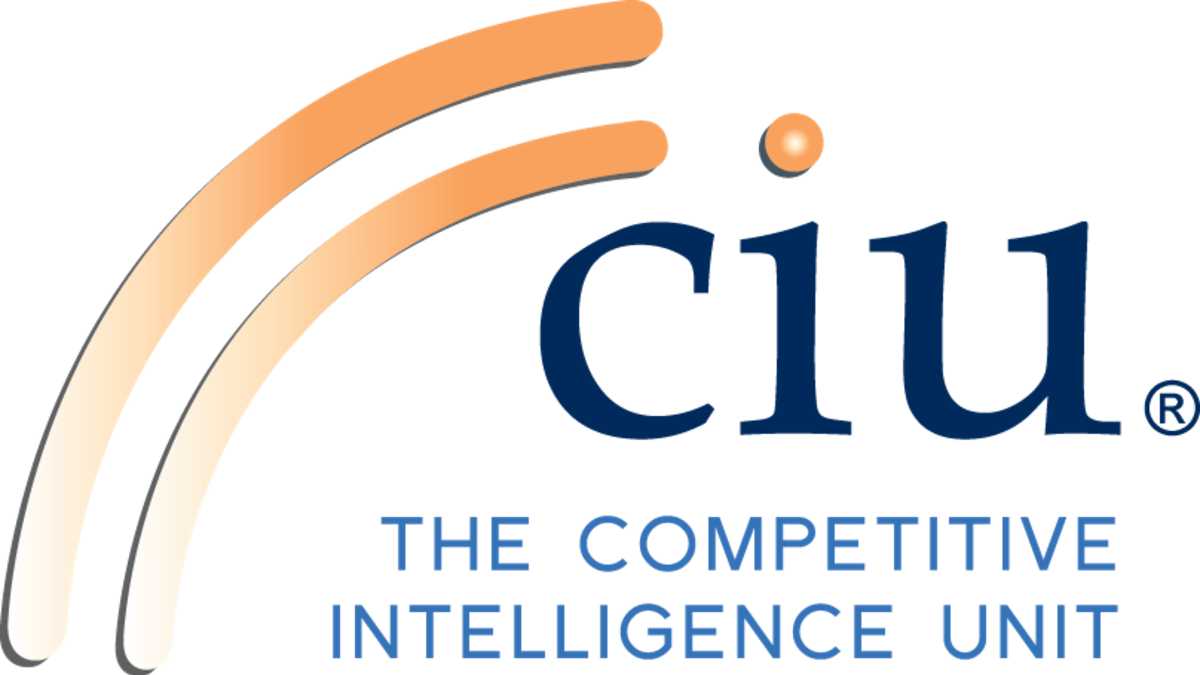 Mexico. The public consultation on the proposal of the Federal Institute of Telecommunications, IFT, to grant the Preponderant Economic Agent in Telecommunications (AEPT), América Móvil, the freedom to set its own rates in the provision of the service of disaggregation of the local network in 63 municipalities of the country has already ended. Supposedly in which there are already conditions of effective competition, but only in the Fixed Broadband (BAF) market.
Mexico. The public consultation on the proposal of the Federal Institute of Telecommunications, IFT, to grant the Preponderant Economic Agent in Telecommunications (AEPT), América Móvil, the freedom to set its own rates in the provision of the service of disaggregation of the local network in 63 municipalities of the country has already ended. Supposedly in which there are already conditions of effective competition, but only in the Fixed Broadband (BAF) market.
Here are two major unconstitutional elements of the initiative. In the first place and according to the constitutional text, the preponderance must be measured in the national market, not municipal, and it is at the sectoral level, it does not apply in select markets. This implies that asymmetric regulation measures are applicable in these same areas and cannot be eliminated or cease to be applicable in some markets.
This is noted by various opinions issued in the public consultation. All competing operators and industry associations state that the proposal for 'tariff freedom' to the AEPT would be in violation not only of the Constitution but also of the USMCA, while contravening the very nature of the preponderance.
However, this is only part of the arguments against the IFT initiative. Other opinions point to the economic dimension and effectiveness of the local network disaggregation measure.
Potential Increase in Tariffs and Ineffectiveness of Regulation. Among the manifestations made in the public consultation is the potential increase in the prices of the wholesale service of disaggregation of the local network that to date does not prove to be effective so that competing operators can offer fixed services under the same conditions as the AEPT.
In the international evidence, tariff deregulation has been carried out in the face of the establishment of competitive conditions and more equitable market structure between operators, based on the abundant supply of lines and fixed accesses (telephony and broadband) disaggregated from competing operators.
Municipal Preponderance? Even if the IFT were to apply the constitutional criteria in its analysis of the 63 municipalities in question, that is, to measure the preponderance in an aggregate manner and not only in the BAF market, the Institute of Telecommunications Law (IDET) points out in its opinion (bit.ly/3vzq9IN) that in only 10 of these, the AEPT reaches a market share of less than 50%, measured in telecommunications users.
Which would be equivalent to saying that in 99.6% of the country's municipalities there are still high levels of market concentration and consequently, at the threshold of preponderance.
Discretion and Disarticulation of Preponderance. Based on all these opinions, the IFT is called upon to do the right thing, comply with the Constitution and the USMCA, and desist from its proposal. Otherwise, it would only be signaling that asymmetric preponderance regulation is applied in a discretionary manner and that it has been dismantled, even though high levels of concentration persist and even worse when in some markets the AEPT has reconcentrated its market footprint.
It is necessary that the IFT continues to adhere to the constitutional criteria and thresholds in a sector that suffers and has historically suffered from a marked competitive imbalance between players. There is no evidence that this scenario has changed eight years after a Constitutional Reform and more than seven years of application of asymmetric regulation mechanisms.
The Constitution and international experience indicate that there are still no conditions for deregulation of the EFA. On the contrary, measures must be strengthened and directed so that they fulfil their purpose effectively.
Text written by Ernesto Piedras of The Competitive Intelligence Unit, CIU.

























Leave your comment